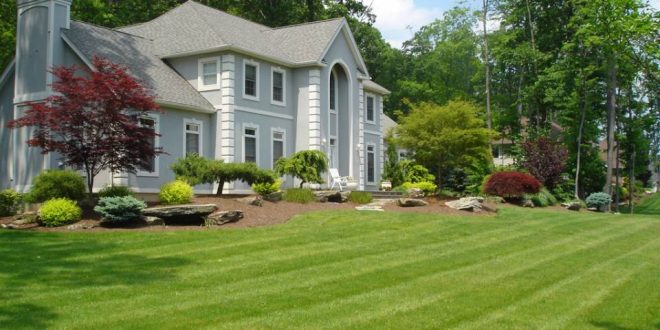Submitted by: Lauren Watt
Everyone has always seen that perfectly green and nicely cut grass, whether it be your neighbor’s lawn or a field you pass on a long road trip. But aside from admiring it and wishing your lawn looked like that, do you ever stop and think about what it takes to maintain that grass lawn?
Usually, instead of letting the lawn in your backyard grow long, we tend to pull out the lawn mower every week just to keep the grass tidy and smooth. However, ecologists have now said that it is better for the environment to not cut the grass as much; studies say that mowing our lawns is hurting the environment. The reason for this is the smell produced by the cut grass. Cut grass emits compounds, specifically green leaf volatiles (GLV), which are released as the grass attempts to recover from the mowing. GLV lessens the chance of bacteria or fungi entering the freshly cut grass by closing the cut faster. Pulling on grass or even handling grass roughly causes GLV to be released. GLV worsens city smog and data shows that this is the cause for about five to ten percent of urban engine pollution.
Bruce Burns, a plant ecologist at Auckland University comments about the cultural aspect of mowing lawns, saying that “we often judge properties by how closely clipped their lawns are.” This is where we can help change the impacts on the environment. First, we can drop the expectation that a neat and tidy lawn is associated with a better presentation, and vice versa. Second, when thinking about cutting a backyard lawn, think again, and put the lawn mower away for at least another week. If everyone delays cutting their grass by another week, and instead let our lawns grow longer than we would normally like, it would cut down on GLV and definitely make a big difference for our environment.
 Tempus Magazine By Students, For Students
Tempus Magazine By Students, For Students 




